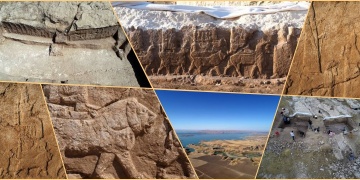
These are the results of the Kurdish-Italian Faida Archaeological Project, co-directed by Prof Daniele Morandi Bonacossi (University of Udine – Italy) and Assis. Prof Dr Hasan Ahmed Qasim (Directorate of Antiquities of Duhok – Kurdistan Region of…
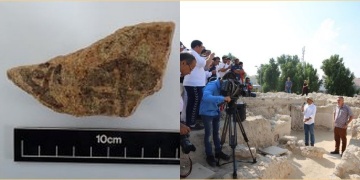
Archaeologists have found the first evidence showing Christianity was practised in Bahrain, a discovery which sheds light on a missing part of the country’s history.
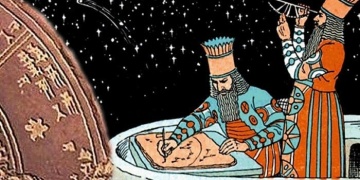
The Assyrian cuneiform tablets let us extend the history of auroral records and solar activity by a century. These cuneiform reports are considered to be the earliest datable records of candidate aurorae and they support the concept of enhanced solar…

Researchers argues; private property, not productivity, precipitated Neolithic agricultural... Farming would be an unlikely choice without possession-based private property, which appears to have existed among rare groups of sedentary…
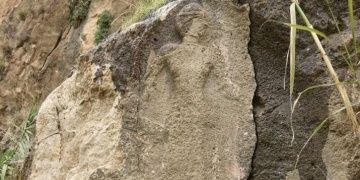
The newly-discovered relief is on a par with Anubanini reliefs, which are widely believed to be the oldest rock reliefs in the country. Bas-relief may be show a ruler of Mesopotamian.
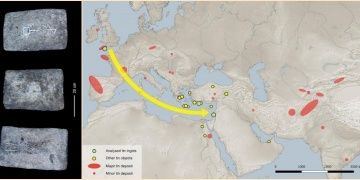
The enigma of Bronze Age tin: Using methods of the natural sciences, they examined the tin from the second millennium BCE found at archaeological sites in Israel, Turkey, and Greece. These findings are of great importance for the archaeological…
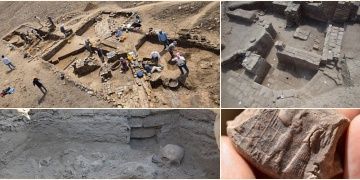
Archaeological Finds tell who the owner of Babylonian Villa was. His name was Sîn-nada, and he was essentially high priest and managing director of the second most important temple in Ur, an office which made him a personage of considerable…
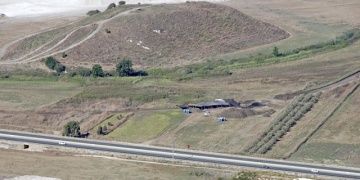
The archaeological site of Ein Qashish in northern Israel was a place of repeated Neanderthal occupation and use during the Middle Paleolithic, according to a stud.
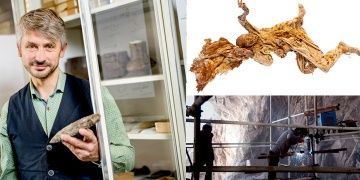
Thomas Stöllner is expert on the archaeology of salt mines and has been conducting research in Iran for 17 years. He has been involved in the Chehrābād project since 2005.


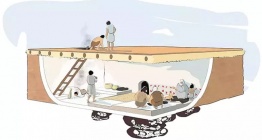

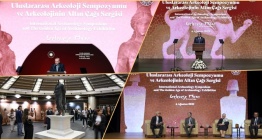
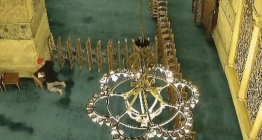
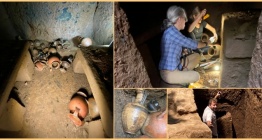
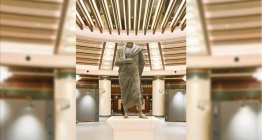











 Müzeler kültür yuvası olmaktan çıkıp birer "Fotoğraf Durağı"na mı dönüşüyor?
Müzeler kültür yuvası olmaktan çıkıp birer "Fotoğraf Durağı"na mı dönüşüyor?  Bitlis'teki Selçuklu Kalesi'nde Yapılan Kazılarda Sikke ve Seramikler Bulundu
Bitlis'teki Selçuklu Kalesi'nde Yapılan Kazılarda Sikke ve Seramikler Bulundu  Çaltılar Höyük'teki Arkeolojik Kazılar Devam Ediyor
Çaltılar Höyük'teki Arkeolojik Kazılar Devam Ediyor 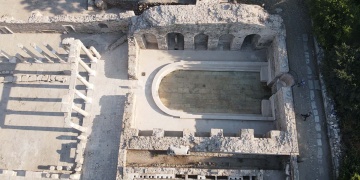 Stratonikeia Antik Kenti'ndeki Roma Hamamında Restorasyon Tamamlandı
Stratonikeia Antik Kenti'ndeki Roma Hamamında Restorasyon Tamamlandı 

